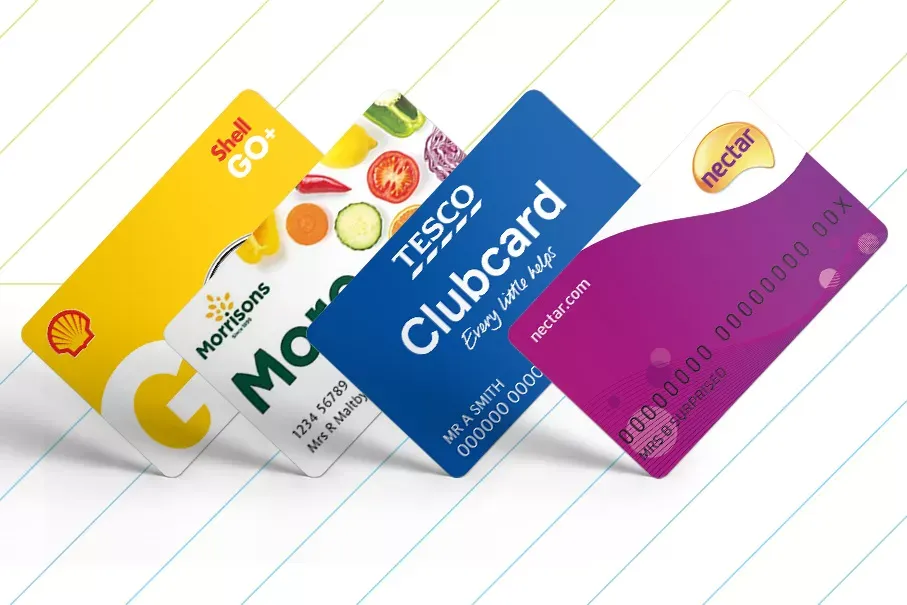18/05/2015
If there isn’t much talk about “ecodriving” in your fleet offices, there should be. Ecodriving is about saving money and reducing the energy costs of vehicle use. Through common sense driving techniques, good pre-trip planning and proper maintenance, it’s easy to make a dent in your bottom line. And the best thing is that all these ideas are easy to put into practice.
Drive smoothly
Aggressive accelerating burns more fuel than a smooth drive. The AA advises drivers to speed up and slow down as gently as possible, and to roll (not coast) rather than stopping completely.
Reading the road is the key to keeping a vehicle moving smoothly. You’ll spot slowing traffic much earlier, and unless the flow comes to a complete halt will be able to keep your vehicle rolling. The difference between rolling and costing is that your vehicle is still in gear - just using less fuel - which makes it safer.
Watch your revs
Unnecessary engine loads - caused by remaining in a lower gear for too long - have a significant effect on fuel consumption. Some modern fleet vehicles are already fitted with gear change lights, which indicate the most fuel-efficient point to shift up. Pay attention to them, or work to a rule of 2,500 rpm if you’re using a petrol car and 2,000 rpm for diesel.
Stay within the speed limit
Speed limits are there for a reason. But there’s a benefit to observing the law that doesn’t just have to do with road safety. If you settle into a motorway cruise at 80mph, you could be using 25% more fuel than you do when driving at the speed limit of 70mph.
Check your tyre pressure frequently
Low tyre pressure is a contributor to inflated fuel costs. It’s also a safety risk, with the potential to adversely affect handling. Tyre pressures should be checked frequently, and particularly before driving at speed. Aim to check your tyre pressure once a month at a minimum.
Plan ahead to save fuel
Planning a route is easy these days. Fleet management software or even standard online route planners can show the most effective ways to reach a destination. Onboard satnav is also capable of giving route options in advance, which allow your drivers to pick the shortest route or avoid routes with the twists and turns that can raise the fuel consumption of a vehicle.
Even with satnav on board, it’s possible to get lost - and getting lost increases the amount of fuel you use to reach a destination. By taking some pre-trip time to properly plan each journey, you’ll reduce the risk factor.
Turn off electrics
Driving with your headlights on in the middle of the day? You’re wasting fuel. The engine of your vehicle becomes increasingly loaded when electrics are on. Simply switching off cabin controls and external electrics - including windscreen heaters and lights - can have a positive effect on fuel consumption.
Make these tips part of your fleet routine, and you’ll find your unplanned maintenance and fuel costs dropping. Fuel costs fell by an average of 15% (in an AA/Auto Express study of 50 drivers) when using these measures.


